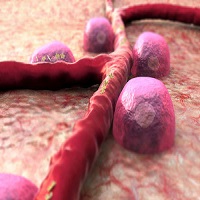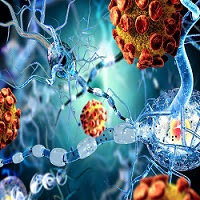Development of kidney progenitor cells toward regenerative medicine

Kidney not only produce urine but also plays major role in blood pressure control, that’s why it’s an important organ for living , if it get damaged or lost functionality it no longer regenerated. The main functional unit of Kidney is glomeruli and tubules , which are generated from Kidney progenitor cell during fetal life. The major reason why kidney cannot be able to regenerate is because the progenitor cell are lost before or soon after kidney development completes Researchers reported that with the help of human iPS cell nephrons can be prepared, although for regenerative medicine, precursor cells are required in large amount. Scientists tried for culturing kidney progenitor cells but the problem is that they are not preserved for more than three days. Between 1 to 20 days of culturing the progenitor cells recollect their function and grow up to 1800 times. Generally In vivo this cells disappears within 10 days. Although scientists using there technique through which


